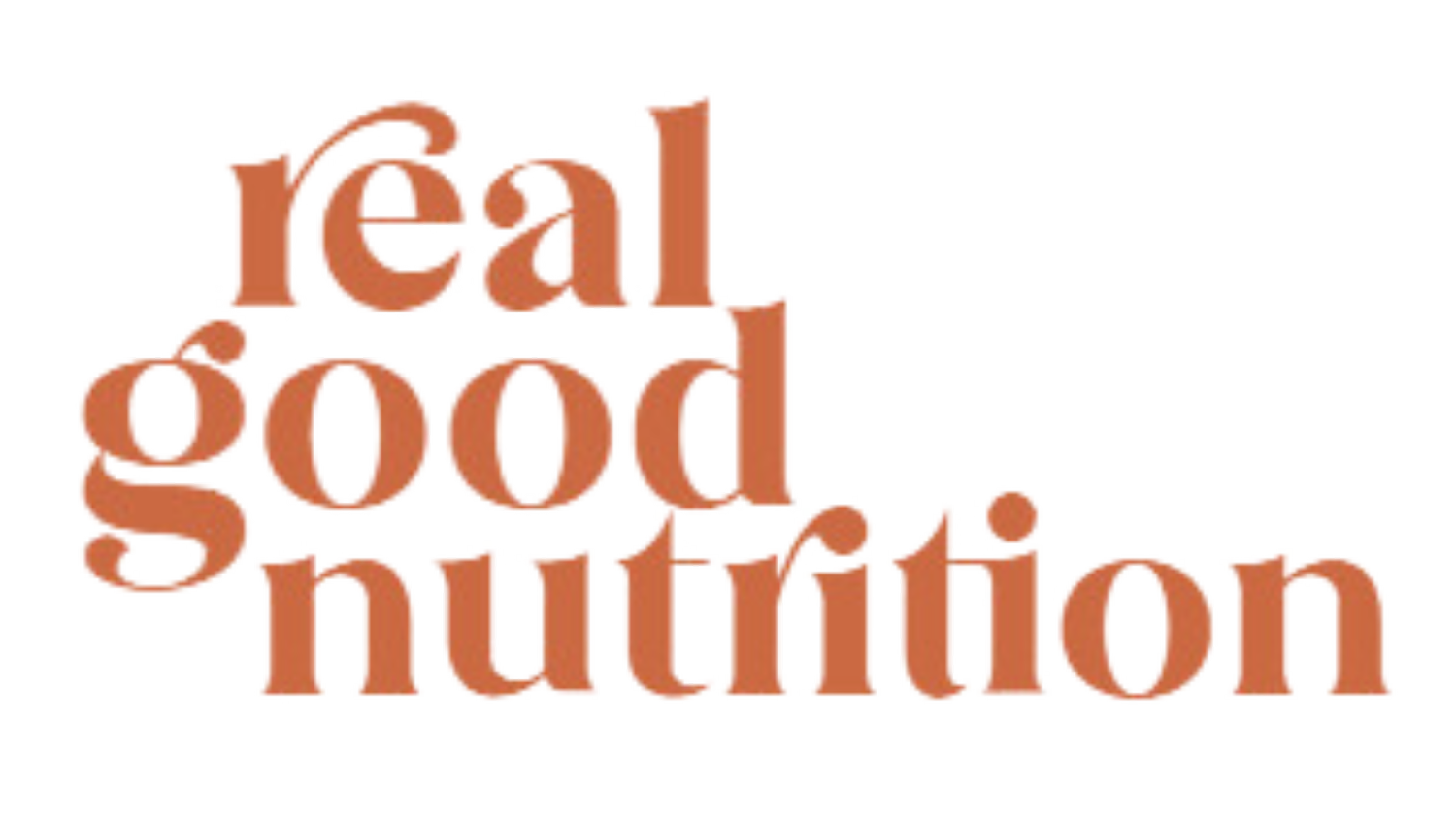Histamine Intolerance: What It Is, Common Symptoms, and How to Manage It
Do you ever feel bloated, flushed, or anxious after eating—even when you’ve had the same food before with no issues? If your symptoms seem random, inconsistent, or hard to explain, histamine intolerance might be the missing piece.
This condition is more common than you’d think—and it often gets overlooked or misdiagnosed. In this post, we’ll cover:
What histamine intolerance is
Histamine intolerance symptoms
High-histamine foods to avoid
What causes histamine intolerance
How to manage it
And how to get support if you’re dealing with it
What Is Histamine Intolerance?
Histamine intolerance is a condition where histamine builds up in the body faster than it can be broken down. This overload can lead to a wide range of symptoms that affect your entire body—not just your digestive system.
Normally, an enzyme called DAO (diamine oxidase) helps break down histamine in the gut. But if DAO activity is low—due to genetics, gut issues, medications, or nutrient deficiencies—histamine can accumulate, triggering symptoms shortly after eating.
Common Histamine Intolerance Symptoms
What makes histamine intolerance so tricky is that the symptoms can look like a mix of other conditions. They're often non-specific, sporadic, and can vary day to day.
Here are some of the most common histamine intolerance symptoms:
Bloating, nausea, gas, or loose stools
Skin rashes, hives, or flushing
Headaches or migraines
Nasal congestion or sinus pressure
Brain fog or dizziness
Anxiety, panic, or trouble sleeping
Racing heart or post-meal fatigue
Why Histamine Intolerance Feels So Random
Unlike traditional food intolerances, histamine reactions often feel unpredictable. One day, a food is totally fine—and the next, it causes an immediate reaction. That’s because histamine is present in a wide variety of foods and your total histamine load (from food, stress, and internal production) can vary.
The symptoms often appear within minutes to a couple hours after eating but may seem disconnected from any obvious trigger.
High-Histamine Foods to Avoid
If you’re trying to reduce histamine exposure, here are some common high-histamine foods to watch for:
Aged cheese (Parmesan, cheddar, Swiss)
Fermented foods (sauerkraut, kimchi, kombucha)
Vinegar and soy sauce
Cured meats (salami, bacon, pepperoni)
Red wine and other alcohol
Canned fish (tuna, sardines, anchovies)
Tomatoes, spinach, eggplant
Leftovers and slow-cooked meats
Want a complete list? Keep reading for my high and low histamine food guid!
What Causes Histamine Intolerance?
Histamine intolerance doesn’t have one single cause—it’s usually the result of multiple overlapping factors. These may include:
Genetics (naturally low DAO levels)
Gut issues like SIBO or leaky gut
Alcohol consumption, which blocks DAO
Certain medications (like NSAIDs, antibiotics, or antidepressants)
Nutrient deficiencies (especially vitamin B6, vitamin C, and copper)
Chronic inflammation or immune dysregulation
How to Manage Histamine Intolerance
Managing histamine intolerance is all about reducing your total histamine load and supporting your body’s ability to break it down.
Here are some steps that can help:
Track your meals and symptoms to identify patterns
Temporarily reduce high-histamine foods
Support gut health with the help of a practitioner
Consider DAO supplements (under professional guidance)
Manage stress, which can raise histamine levels
Correct nutrient deficiencies that impact histamine breakdown
Free Resource: High and Low Histamine Food List
To make this easier, I’ve created a free guide with a full list of high and low histamine foods to help you start identifying triggers.
Grab the guide here.
It’s a great starting point if you feel overwhelmed or unsure where to begin.
Ready for Personalized Support?
Histamine intolerance can feel frustrating, but you don’t have to figure it out alone. If you’re experiencing symptoms that don’t make sense—or feel like “everything you eat” causes a reaction—I’d love to help.
Learn more about working with me 1:1 here.
I offer personalized support to help you uncover root causes, feel more in control of your symptoms, and build a nutrition plan that actually works for you.
Note: All information in this and all The Real Good Blog posts is for educational purposes only. This information is not intended to diagnose or treat any health-related condition. Please check with your healthcare provider before making changes to your health plan.


